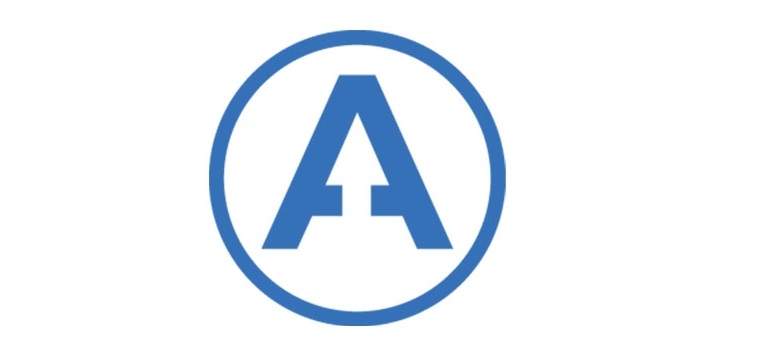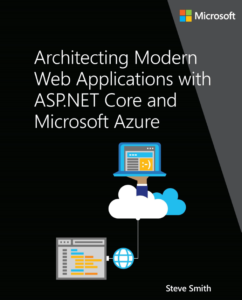More Team System Class Notes
Date Published: 04 July 2005

Didn’t get a chance to post my notes for days two and three until now. We spent some time looking at testing in general, and the theory of why to test and how testing relates to quality. Briefly mentioned TDD and other related disciplines. In VSTS, tests are code and are versioned along with the code. The tool can auto-generate tests per method or class. The skeleton is generated along with stub code to call the method, but no additional logic is inferred. It’s possible to step through tests in the debugger, which can be done today with NUnit, but it seems easier with Team System.
Test Driven Development (TDD) Red – Green – Refactor Unit Tests must be:
- Automatic
- Repeatable
– Available to all devs
Build Process – Team Builds – Multiple
Build Types – basically different build scripts – stored centrally
Choose a machine to perform builds
In VS Team Explorer, locate Team Build. VS communicates with Team Foundation Server, which talks to the Build Server. The build information is stored in the database. The build server pulls the build information from the data store and performs the build. In theory, the build server does not require a full version of visual studio — unfortunately in practice it pretty much does, since without Visual Studio it cannot do any advanced options like running tests, performing code analysis (FxCop), etc. All those tasks are tightly coupled to Visual Studio today.
**Web Test –**Record a script – basically like Application Center Test but nicer. – Data Source – set up a data source for the test, and use queries to populate posted data fields or user ids – Set Credentials – Add Test Callback
Generate Code –> one way process. For ultimate customization you can convert a web test to code (your choice of .NET language) and basically do anything you can do with code within the test.
– Add Validation
Rule – Find Text — specify text, specify pass/fail if found. – Extraction Rule — Pull out some data, use it in a following request.
Load Test – Can run web tests, obviously, but can also run unit tests, which is really slick – Can be scheduled with build process – Allows a bunch of options Application Center Test does not, including – Ramping Load (add x users every N seconds) – Think Time randomized normally around recorded think time – Impersonate various browser types and connection speeds for clients
Work Item Queries
Work Items are the main thing tracked by Team System’s bug/task tracker. It comes with a bunch of default queries and you can build your own. You can save your custom queries in your own My Queries section, or save them as team queries for all to use. If you customize a process template, you can specify quich queries should be in there by default, too. These queries are saved as *.wiq files, and use a SQL-like syntax. A couple of good aliases to know are @Project which refers to the current project and @Me which refers to the current user.
Performance Wizard – Profiling
Built into Visual Studio (under Tools). Allows two choices, sampling and instrumentation.
Sampling – No Instrumentation – Non-invasive – Some methods could be missed – Basically polls the running process periodically to see which method is currently being executed. – Not supported on Virtual Machines. If you try it you’ll get an error:
VSP1454 – Sampling is not supported on Virtual Machines.
Instrumentation – Injects code – Higher overhead – More accuracy – Add code to the entry/exit of every method, which notifies profiler when the code is reached.
Neither choice will allow line-level accuracy, only method level.
In case anybody encounters this error (from the lab):
Launch Error – Found two different objects associated with the same URI.
The fix for me was to restart Visual Studio.
Source Control – supports branching – supports shelving – store pending changes in source control but outside main repository – good for work in progress or if a gatekeeper is used to review all code before it goes into main repository. – workspace – local working copy
Team System Source Control Does NOT Support:
– Pinning (but branching is better) – Sharing (sharing one file among multiple projects; avoids need for multiple copies) – Archive and Restore – Destroy
In fact, it’s fairly difficult to delete anything once it gets into VSTS Source Control.
Category - Browse all categories

About Ardalis
Software Architect
Steve is an experienced software architect and trainer, focusing on code quality and Domain-Driven Design with .NET.
